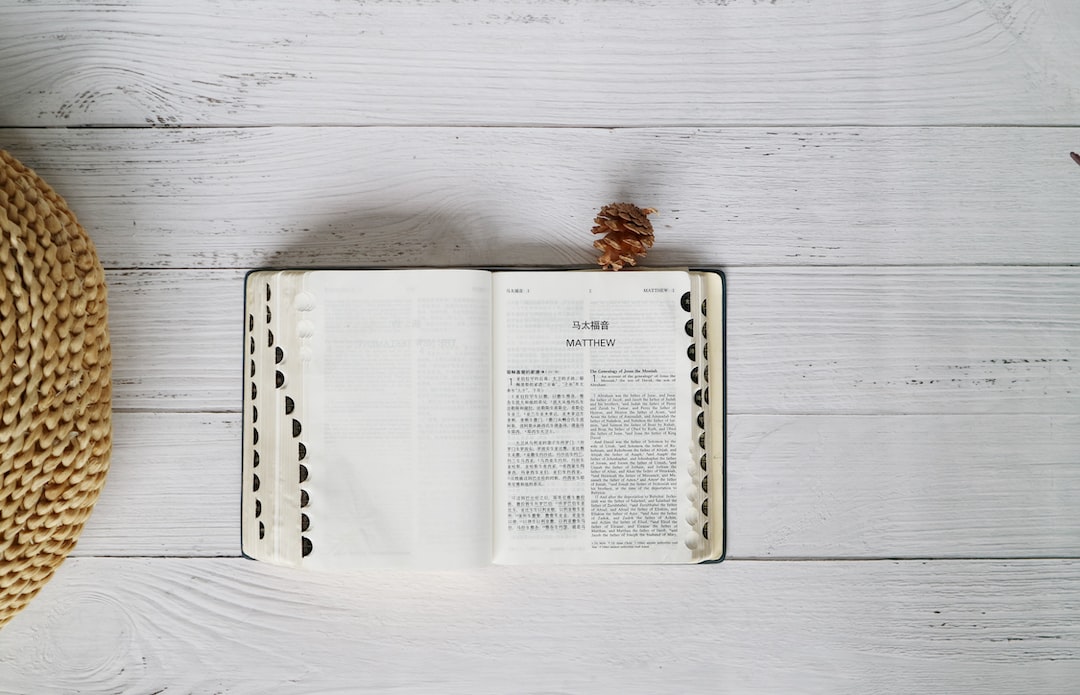Religion has always played a profound role in shaping human societies, beliefs, and cultures. It provides a framework for understanding the world and one’s place in it. Religious symbols and rituals serve as essential elements that deepen the spiritual connection of individuals to their faith. These symbols and rituals not only hold profound meanings but also play a pivotal role in community bonding and transmitting the shared values and traditions to future generations.
Religious symbols are visual representations of abstract concepts, beliefs, and ideas. They serve as a powerful medium of communication, enabling believers to express their devotion and strengthen their connection to the divine. For instance, the cross is a central symbol in Christianity, representing the crucifixion of Jesus Christ and symbolizing his sacrifice and redemption. Its presence in churches, homes, and even as jewelry serves as a constant reminder of Jesus’ teachings and love for humanity. Similarly, the Star of David holds great significance in Judaism, representing the eternal connection between God and the Jewish people.
These symbols are not mere decorations, but they serve to deepen believers’ understanding of their faith and act as a source of comfort, strength, and hope. They also facilitate a sense of belonging and identity within the religious community. Wearing religious symbols or displaying them in one’s surroundings becomes a way of proclaiming one’s faith and finding solace in the shared beliefs.
Rituals, on the other hand, are structured actions or ceremonies performed according to religious traditions. They represent a bridge between the physical and the spiritual, bringing individuals closer to the divine. Rituals often involve repetitive actions, prayers, chants, or specific gestures that serve as a means of expression and devotion. These actions are conducted with fervor and reverence to symbolize unity with the divine and to seek blessings, forgiveness, or spiritual enlightenment.
Rituals also foster a sense of community and continuity. They bring people together, strengthening social bonds and emphasizing shared values and traditions. They serve as a reminder of the collective identity and connect individuals to their religious heritage. Whether it’s the lighting of candles during the Hanukkah celebration or the five daily prayers in Islam, rituals create a rhythm in daily life, offering a sense of stability, purpose, and order.
Furthermore, religious rituals provide a framework for moral behavior and personal growth. They impart a sense of discipline, responsibility, and self-control. By adhering to rituals, individuals learn to value and appreciate the significance of time, introspection, and obligations towards others.
In conclusion, religious symbols and rituals hold profound significance in various faiths and have a lasting impact on individuals. They serve as vehicles for communication, expressions of devotion, and sources of spiritual growth. Moreover, they foster community bonding and help to sustain religious traditions. Understanding and embracing these symbols and rituals enables individuals to cultivate a deeper connection with their faith, ultimately enriching their lives and contributing to the diversity and tapestry of human spirituality.

